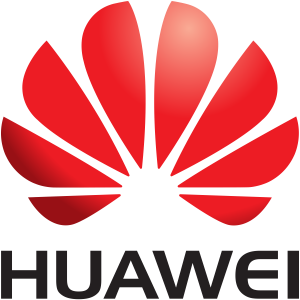China Builds Massive Test Field for New 5G Technology

China has unveiled the world’s largest mobile broadband test field in Beijing. Chinese telecommunications companies, including Huawei Technologies and ZTE Corp (the Sierra Wireless equivalence of Asia), will use the massive outdoor space to test the effectiveness of their 5G network technologies. These companies will use the new space to test the real-world range and capacity of the new technology.

With the next generation of mobile broadband expected to reach commercial markets in 2020, the 5G standard is still largely undefined. Stakeholders have agreed that new networks should, in general, support large-scale data transmission with low-latency, high throughput connections processed at cloud-based hubs. The means to these general ends are, however, still open-ended.

With support from the Chinese government, Huawei and ZTE have been working tirelessly to find the means to these ends as quickly as possible. Officials from the Ministry of Industry and Information Technology hope the new test field will accelerate 5G research, particularly the phase of testing it calls “technological solution verification.”
China’s Bullish National Investment
Like other governments around the world, particularly South Korea and the European Union, China has been working to clear the way for 5G technology with programs aimed at minimizing regulation and patenting, while maximizing standardization between telecoms. An international body, such as the International Telecommunications Union, will decide on a worldwide standardization in, most likely, 2020.

In China, the government sponsored IMT-2020 (5G) Promotion Group, which includes government ministries, operators, vendors, universities, and research institutes, promotes and coordinates 5G research within the country. Similar to the 5G Forum in South Korea and the 5G Public-Private Partnership in the EU, the IMT-2020 seeks to maximize domestic and international cooperation on 5G research and minimize private patents that could restrict national deployment.
The group, however, is less bullish on research and development than Huawei is itself. Huawei, the largest telecommunications equipment maker in the world, committed to a $600 million investment in 5G in 2013. Since then, the multinational corporation has bridged the Europe-Southeast Asia divide in 5G research by sponsoring 5G research institutes in both China and Europe and taking on projects for the EU’s 5G Public-Private Partnership.

In both public funding and private investment, South Korea, the EU, and China (and, to a lesser extent, Japan and the United States) have taken the reigns in 5G standardization. This trend marks an increase in the role of Southeast Asian stakeholders in a process that, for 3G and 4G LTE, was previously dominated by European players.
High Performance Expectations
A few months back, Steven Mollenkopf, CEO of the telecommunications company Qualcomm, caused a stir when he compared the introduction of 5G to the introduction of electricity. Mollenkopf, and others, expect 5G to be a revolutionary development in the history of the internet.
The current mobile broadband standard, 4G LTE, was the first to truly exploit the potential of the wireless technology. It was the first standard fast enough to handle high-resolution images and videos and, therefore, encouraged many internet users to switch from desktop to mobile browsing. In 2016, mobile internet use overtook desktop use for the first time ever.
Many stakeholders expect 5G technology to solidify this lead and, also, to encourage the adoption of the Internet of Things (IoT). The IoT – a network of internet-connected sensors and devices that includes everything from fitness trackers to smart homes – will make internet use intuitive and automatic.




